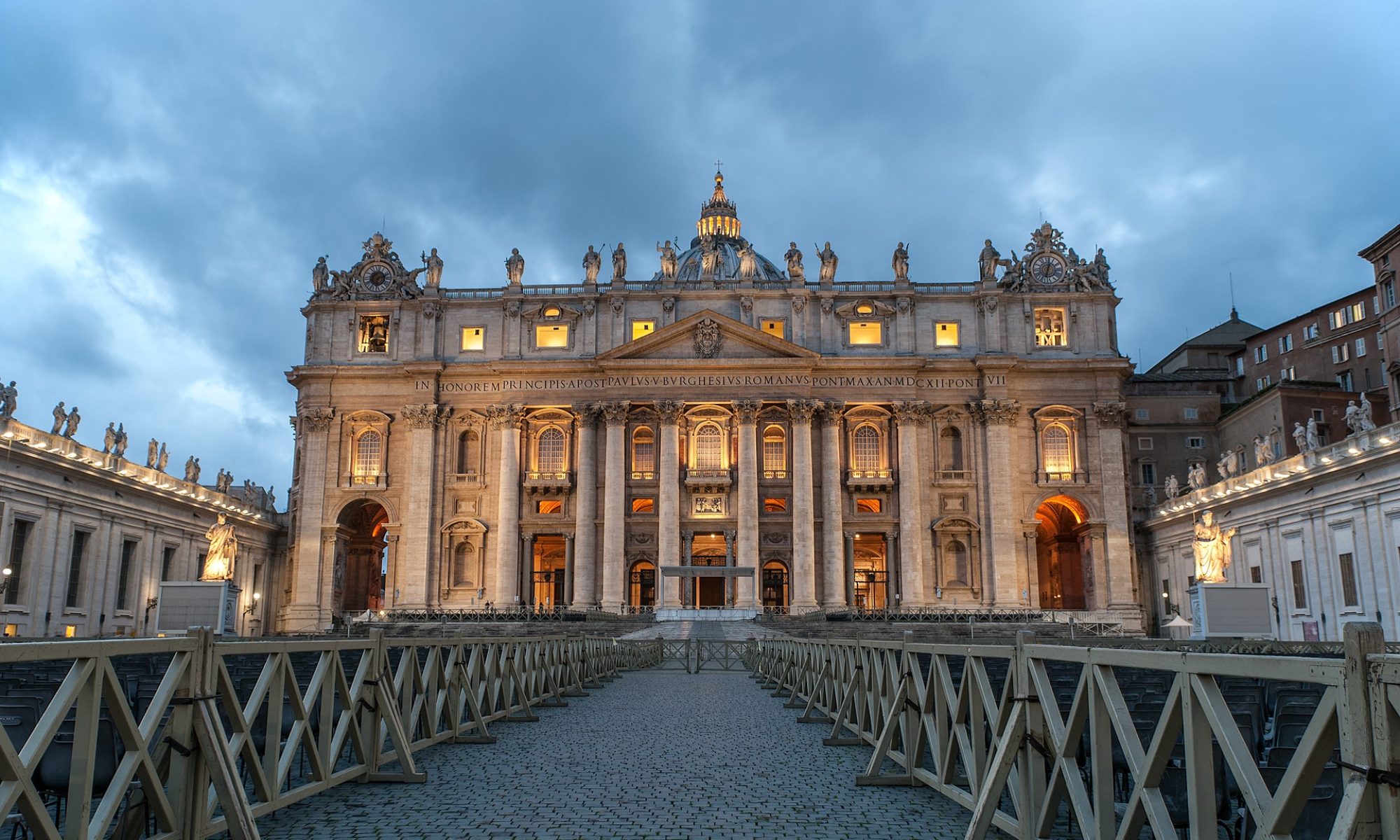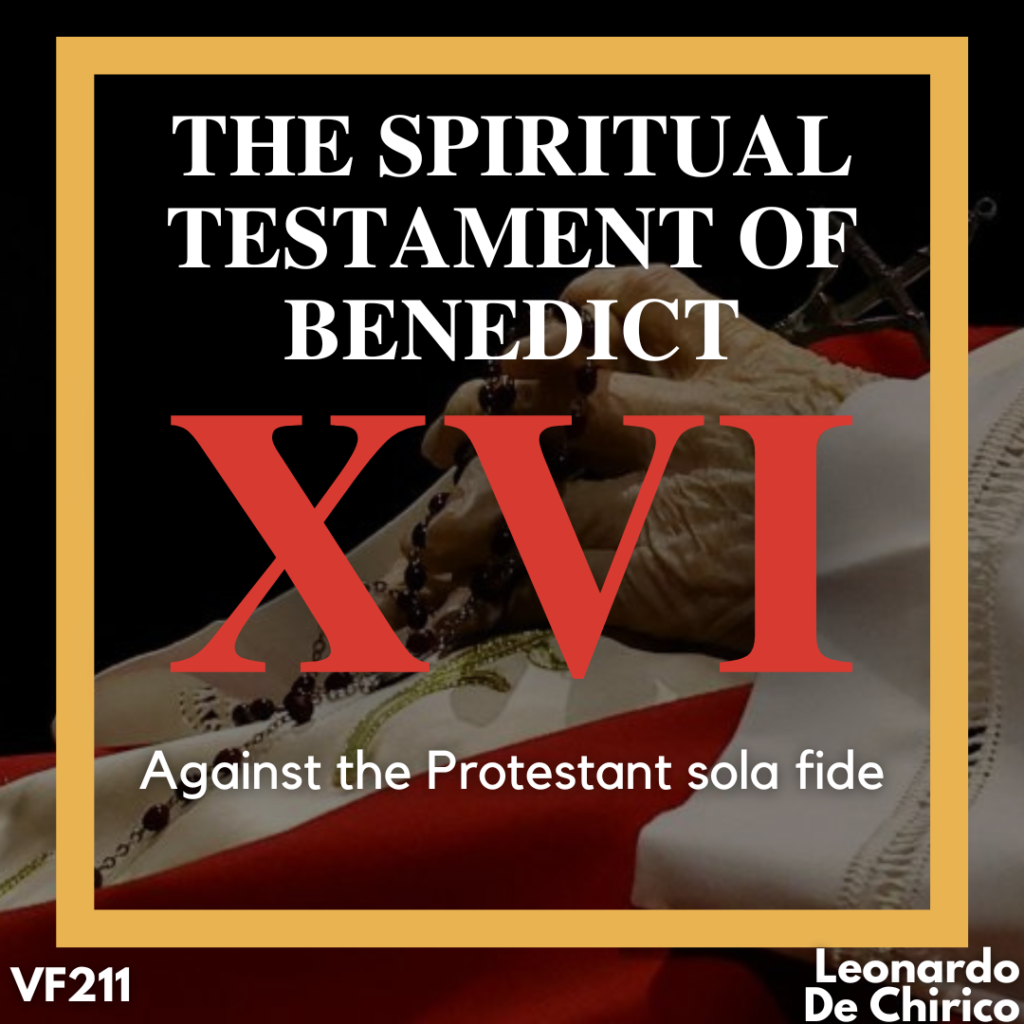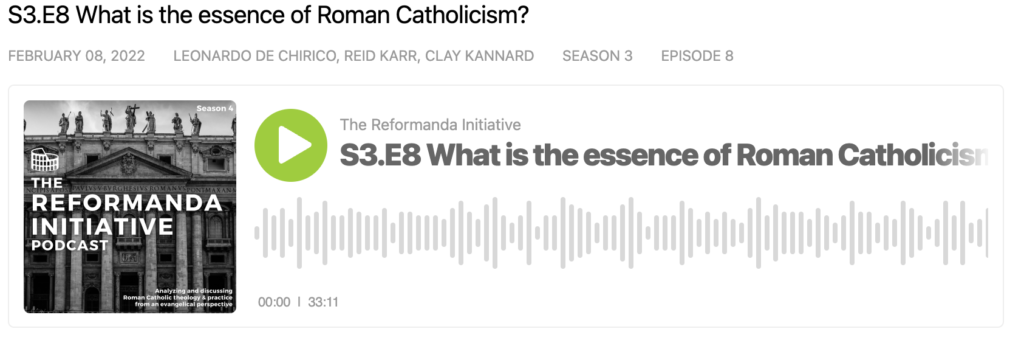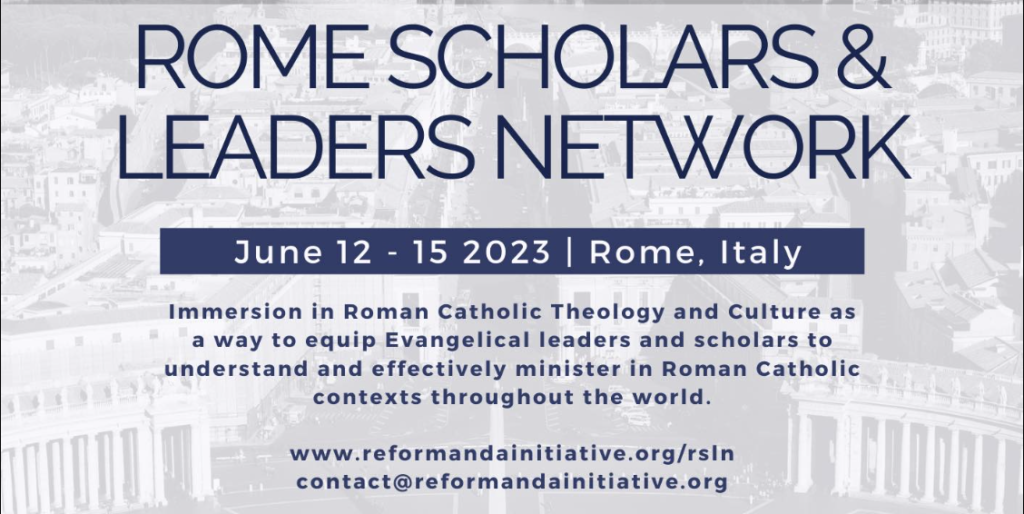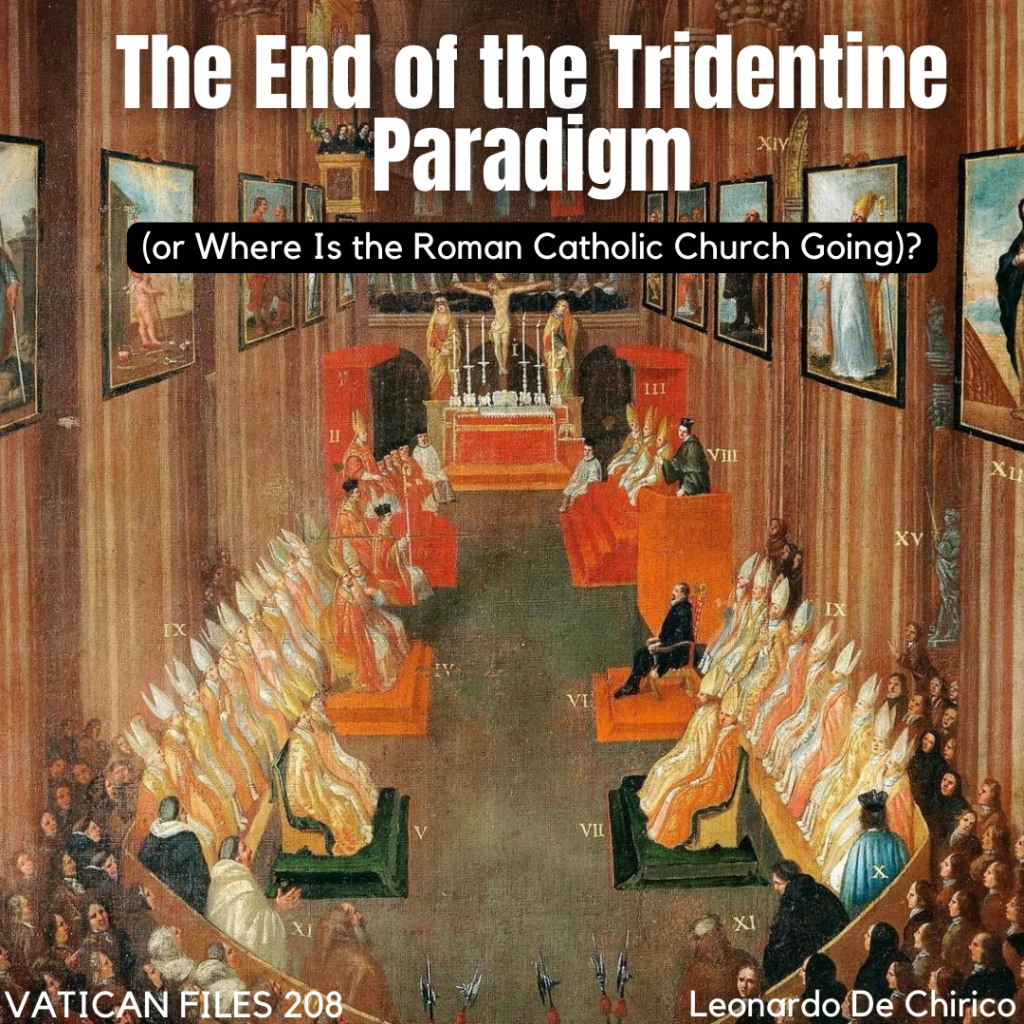[Published in: Evangelical Focus – world – 10 years of Francis: “Under his papacy, the Roman Church has become more ‘catholic’ than ever before”]
This March marks the tenth anniversary of Francis’ papacy.
After becoming the first cardinal to become pope through the resignation of his predecessor, Benedict XVI, Jorge Mario Bergoglio’s leadership has found himself constantly at the centre of media attention.
His inclusiveness and lack of clarity on certain issues has caused concern among the most conservative sectors of the Roman Catholic Church.
On the other hand, the absence of specific decisions has led some of the more liberal circles to return to the synodal path, especially in Germany.
Faced with a clear retreat from its historical geographical dominance, Francis’ emphasis on the Southern hemisphere of the planet is shown in his recent renewal of the Council of Cardinals (his closest advisory body) with names such as the Archbishop of San Salvador de Bahía, Sérgio da Rocha, the Archbishop of Kinshasa, Fridolin Ambongo, the Archbishop of Bombay, Oswald Gracias.
Spanish news website Protestante Digital talked with the Italian evangelical pastor, theologian and an expert in Roman Catholicism based in Rome, Leonardo De Chirico, about the ten yeas of papacy of Francis.
Question. Ten years after his election, how do you assess Francis’ papacy?
Answer. There are several angles we could take to evaluate the 10 years of his papacy. Here are three.
From the global point of view, he was elected to divert the attention of the Roman Catholic church from the secularizing West (where Roman Catholicism is in decline) to the Global South (where in some places like Africa it has potential to grow).
His 40 international journeys witnessed to his attention given to African and Asian countries. The appointments of cardinals were also made following a similar criterion. Under Francis the center of gravity shifted towards the Global South.
From the doctrinal viewpoint, his three encyclicals (e.g. Laudato si and All Brothers) and his apostolic exhortations (the most important ones being The Joy of the Gospel on mission and Amor Laetitia on the family) indicate a shift of the Catholic magisterium towards becoming more “catholic” (i.e. inclusive, Global South, absorbing, focused on social issues) and less “Roman” (i.e. centered on Catholic distinctives).
Francis has lowered the traditional Roman Catholic identity markers (sacraments, hierarchy) for all people (e.g. practicing, not practicing, believing, not believing, people in ‘disordered’ lifestyles) to be included and to feel they “belong” to the church.
When Francis talks about “mission” he has in mind this sense of inclusion, regardless of gospel criteria. Under Francis the Roman Catholic Church has become more “catholic” than ever in its long history.
As a matter of fact, in spite of his inclusiveness, Catholic churches are empty, and numbers are declining in the West.
Organizationally speaking, he has launched the “synodal” process whereby he wants his church to be less centralized and with more participation from the peripheries.
Germany has taken him seriously (perhaps too seriously!) and its “synodal” path is advancing proposals such as the blessing to homosexual relationships and the ordination of women to the priesthood that are considered to be disruptive.
As Francis seems committed to synodality on the one hand, his style of leadership appears to be centralizing, moody and unpredictable, on the other.
Q. It seems that his papacy has especially highlighted the differences in the leadership of the Catholic Church. To what extent is the Holy See more polarized?
A. Every pope has had his internal enemies. John Paul II was not liked by some progressive circles. Benedict XVI was criticized every time he spoke. Francis has received pushback from cardinals, theologians, and important sectors of Roman Catholicism, especially in the USA but also in Australia (e.g. the late cardinal Pell) and Germany (e.g. cardinal Müller).
They are concerned with the erosion of Roman Catholic identity based on traditional doctrines and practices being replaced with an “all brothers” kind of mindset where almost anything goes.
Some mismanagement by Francis in financial and leadership decisions has also created an atmosphere of distrust in the Vatican.
Q. An uncertain financial situation in the Vatican Bank; issues such as same-sex marriage; the opening of the priesthood to women, etc. What are the main challenges you think he will focus on?
A. In 2023 and 2024 he will convene the Synod on synodality and I think this will be the test case of his whole papacy.
Some proposals coming not only from Germany, but from the grassroots of other Roman Catholic provinces, want to bring radical changes on some of the traditional identity-markers of the Church (e.g. view of sexuality, access to the sacraments, priesthood).
Unfortunately, none of them indicate that there is an “evangelical” move in the Roman Church. They are all aimed at making the church more “catholic” but they are not open to a biblical reformation.
Francis has brought his Church to a time when decisions need to be made. As a good Jesuit, he has resisted making decisions so far, being more willing to activate long-term processes.
Q. Francis just went to the just went to RD Congo and South Sudan to ask for peace in two war territories. He has talked about the Amazon, climate change and the war in Ukraine. To what extent is the Vatican’s role as an international mediator becoming more and more defined?
A. Francis has become the spokesperson of the world religions on issues like migration, the environment, and peace, less so on issues like the protection of life. All of this in the context of his understanding of inter-faith dialogue.
His Document on human fraternity (2019) signed with Muslim leaders epitomizes his insistence on the whole of humanity made by “brothers and sisters” who are called to walk, work and pray together regardless faith in Christ. Certainly, the political role of the Vatican has become more relevant and central; its theological profile has further lost Christian distinctiveness.
Q. Francis’ papacy is marked by the Fratelli Tutti mentality. He has no longer referred to Protestants as “separated brethren”. What are the implications of his relationship with other religions and what can we still expect?
A. Francis has bluntly re-defined what it means to be “brothers and sisters”. He has extended “fraternity” to all those who live “under the sun”, i.e. “the one human family”. Muslims, Buddhists, agnostics, atheists, Protestants … are all “all brothers”.
That is his interpretation of what Vatican II meant with the Church being “the sacrament of unity between God and mankind” (Lumen Gentium 1). The re-definition of what it means to be brothers and sisters is an attempt to blur what the Bible expects us to distinguish.
Our common humanity takes over the spiritual connotation of being “in Christ” as the basis for the shared fraternity. Francis pushes this unbiblical approach in his ecumenical endeavors and inter-faith initiatives.
Contrary to what Francis thinks, there is no reason to distort the plain words of Scripture: fraternity is a relationship shared by those who are “in Christ”. Moreover, a biblically defined neighborhood is more than sufficient to promote civic engagement and peaceful co-existence with all men and women.
Evangelical protestants should be aware that when Francis speaks of “unity” he does not have in mind unity in the gospel, but unity of the whole of mankind.
